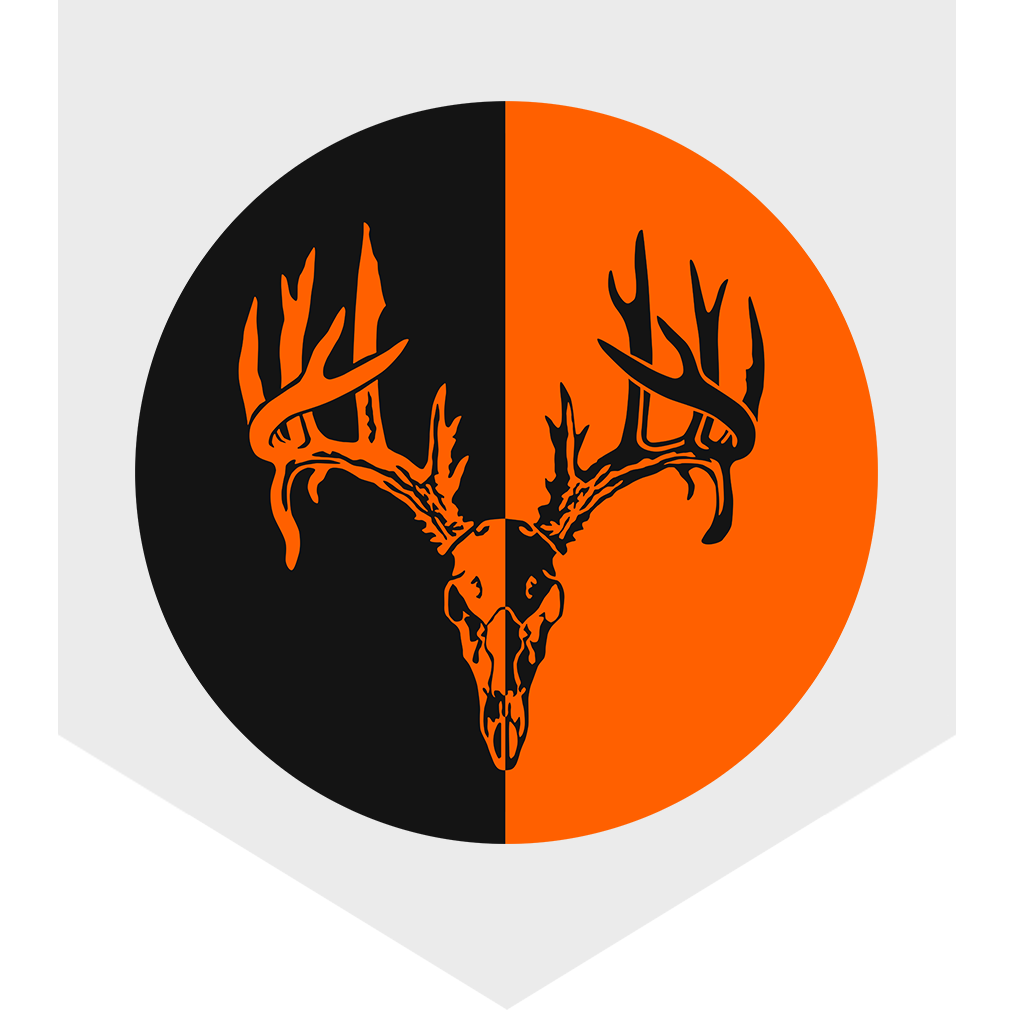Pigs, Predators & Preparation
Written by: Ryan Reading, Fall Obsession Pro Staff
The land changes when the sun goes down in the South. What felt open and familiar during the day turns quiet and alive with things you rarely see. That’s when hogs and coyotes make their move, and if you want to be successful hunting them, you have to understand how they think, how they move, and how they survive.
Hogs are a plague across much of the country, especially in Texas. They’re destructive, smart, and quick to adapt. The first thing a hunter needs to do is learn to read the ground. Fresh rooting, tracks near water, wallows in shaded ditches—these aren’t just signs, they’re invitations. Hogs move where they find food, cover, and water, and if any one of those is in short supply, they’ll travel farther than you’d expect. That’s why scouting matters. Boots on the ground reveal more than any app or satellite image ever could.
Most hog hunters quickly realize that daylight success is rare on pressured land. These animals learn fast. They turn nocturnal, shift patterns, and travel in thick cover that soaks up sound. Thermal optics and night vision become tools of necessity. But no tool replaces patience and smart setup. Wind direction always matters. So does your entry. If you blow your scent into a bedding area or crunch gravel underfoot five minutes before they arrive, you’ve taught them more than you planned. You might not even know they were there—just a trail cam photo an hour after you left.
Coyotes are different. Smarter in some ways, more cautious, and often more rewarding when it all comes together. They rarely leave obvious signs behind, so most coyote hunting starts with sound. A call, electronic or mouth-blown, becomes your tool for deception. The goal is to sound just real enough, just distressed enough, to trigger a predator’s instinct. Start subtle. A rabbit squeal or a lone howl at low volume. If nothing responds, gradually increase. But always be watching your downwind. Coyotes will circle. They’ll test you. And if you didn’t plan for it, you’ll never see them leave.
Many hunters fail because they move too much or sit too long. If a coyote hasn’t shown in twenty minutes, odds are it’s not coming. Pick your next setup, move quiet, and repeat. And if you do call one in, be ready to shoot. Coyotes don’t stick around. One second of hesitation, and they’re gone.
This kind of hunting—predator and hog work—isn’t just a hobby. It’s a responsibility on many ranches and properties. It’s land management. And it’s a different kind of challenge. It’s less about waiting, more about understanding. You’re not hunting animals on a pattern. You’re hunting animals that are trying not to be seen.
That’s why we’re looking forward to the upcoming Fall Obsession predator hunt in Texas. It’s going to be a chance to show firsthand how this type of hunting works and how new hunters can get started the right way. It’s not about chasing numbers or stacking bodies. It’s about teaching others how to do it right—how to respect the land, the quarry, and the process.
If you’re thinking about getting into it, there’s no better time. Start with simple gear. Learn to read wind and sign. Focus more on learning behavior than relying on gadgets. And when the stars come out and the coyotes start calling back, you’ll know you’re doing something ancient, something wild—and something worth getting into it. If you’re hunting at night be sure to break out that night scope, light and rifle. You’ll surely have some luck then.

